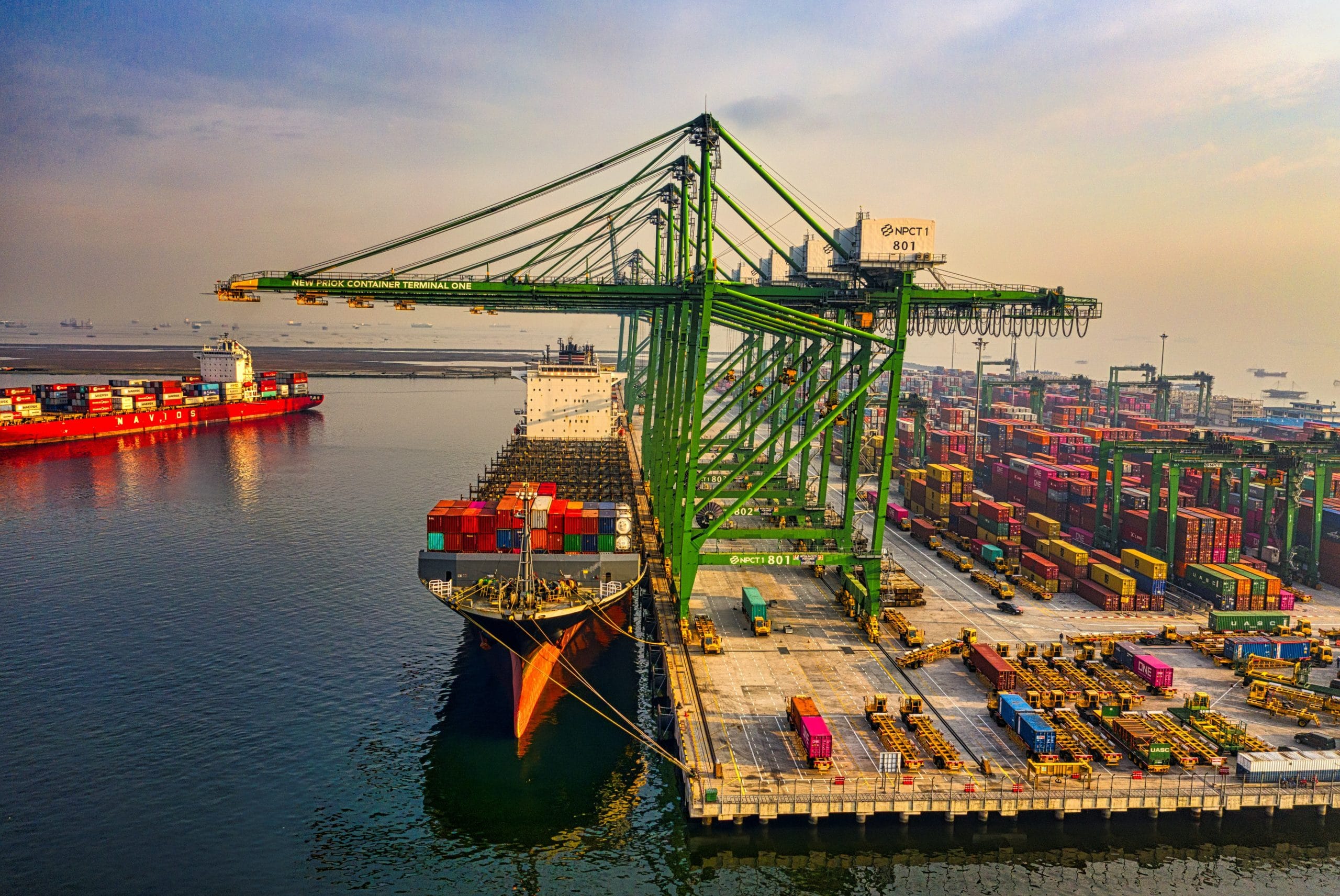In the digital world, where you can do almost everything online, sending freight to Europe isn’t difficult. Apart from the physical packing and loading, which you probably pay someone else to do anyway, there are very few tasks that you can’t manage from the comfort of your desk. But just because the process should be easy, it doesn’t mean that there aren’t plenty of mistakes just waiting to be made.
Five Easily Avoidable Mistakes When Sending Freight to Europe
Failing to pack correctly
People choose their packing materials for all kinds of reasons. They might be the cheapest. They might be the easiest to source. Or they might be what you have to hand, left over from a previous shipment. But whether you’re using the wrong sized boxes – too big is just as bad as too small – not enough padding, or struggling with the art of pallet shipping, poor packaging is a sure-fire way to ensure that your goods get damaged in transit.
Failing to check your bill of lading and other paperwork
If you send freight on a regular basis, it’s easy enough to fall into a routine. Whether you’re using autofill or completing forms by rote, you can easily find yourself booking incorrect shipments or the wrong types of service, or encountering customs delays or charges. Accuracy, in the long run, saves time and money.
Failing to check delivery addresses
Incorrect labelling can cause no end of problems when sending freight. Deadlines can be missed, costs incurred, and goods lost as they are delivered elsewhere. So, check every address before your cargo leaves your depot. It takes two minutes and can save you a fortune.
Failing to track your goods
All good freight forwarders offer a cargo tracking service. This is a good idea not only because it can help you to see where your goods are should anything go wrong. But because it lets you see whether your delivery is on track. And if delays are likely, you have the wherewithal to prepare your customer and limit the fallout.
Failing to correctly weigh your goods
There are many reasons why carriers can’t transport over loaded freight. From safety to the law, and Operator Compliance Risk Scores. If you book the wrong freight class, you can face one of two problems: 1) you’re paying more than you need to. 2) Your carrier will not be able to accept your freight. Weighing your cargo and understanding your needs is one of the simplest ways to help expedite the freight process and ensure that your goods reach their destination without delay or incident.
Sending freight to Europe has become more difficult since Brexit. But if you work with a good freight forwarder, and are aware of the potential pitfalls, it’s easy to get through the process unscathed!
If you’re looking for a reliable logistics partner for your European freight movements, get in touch with Plexus Freight today.


